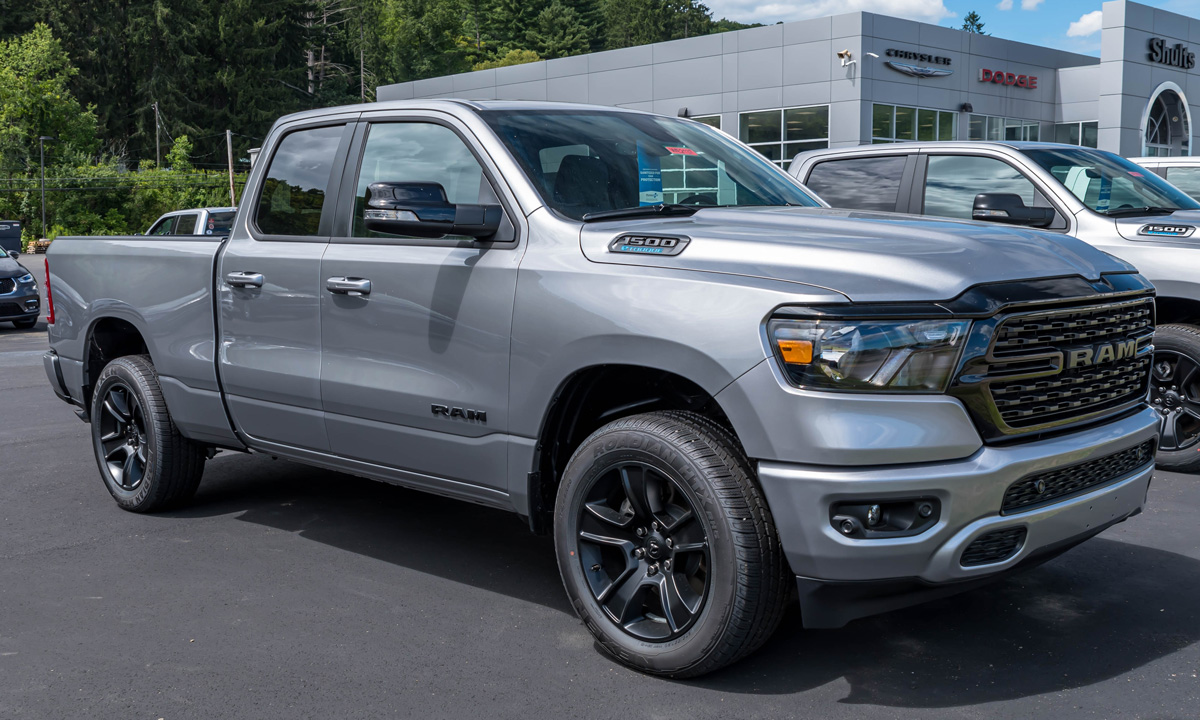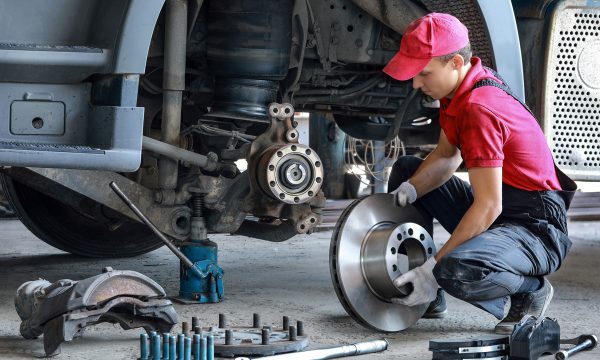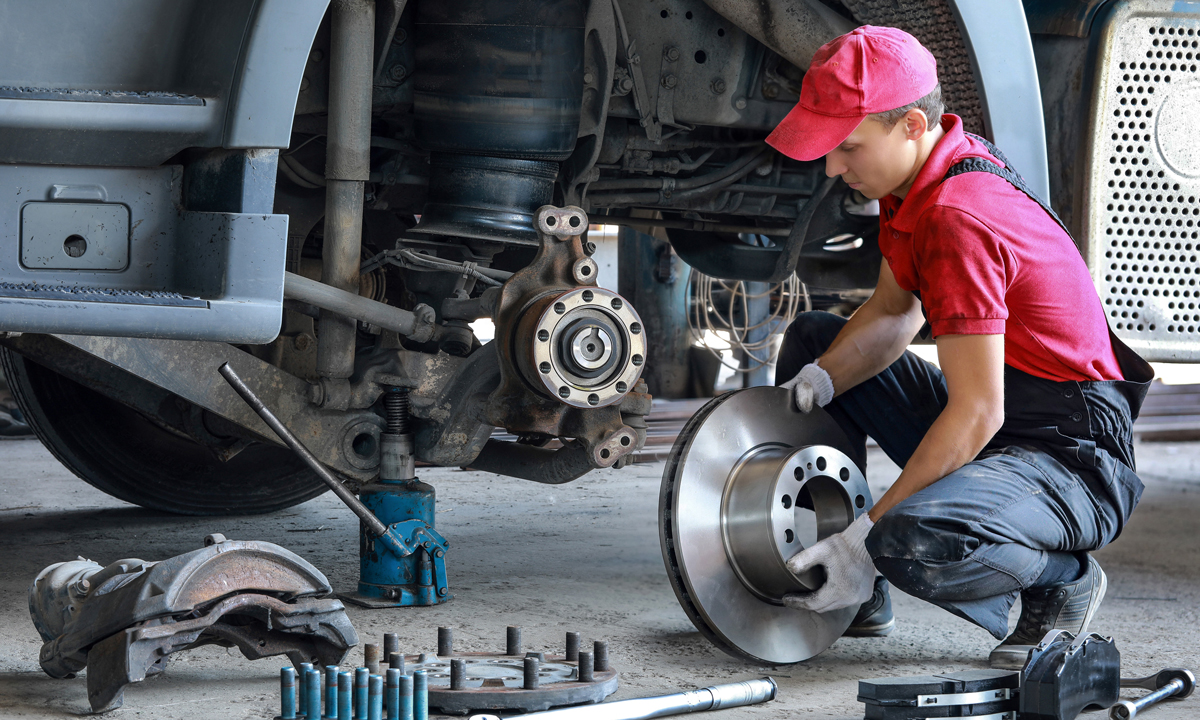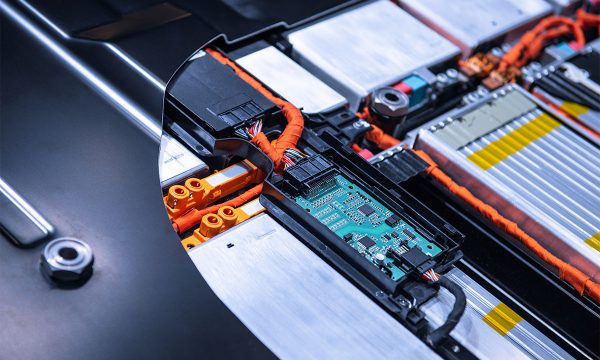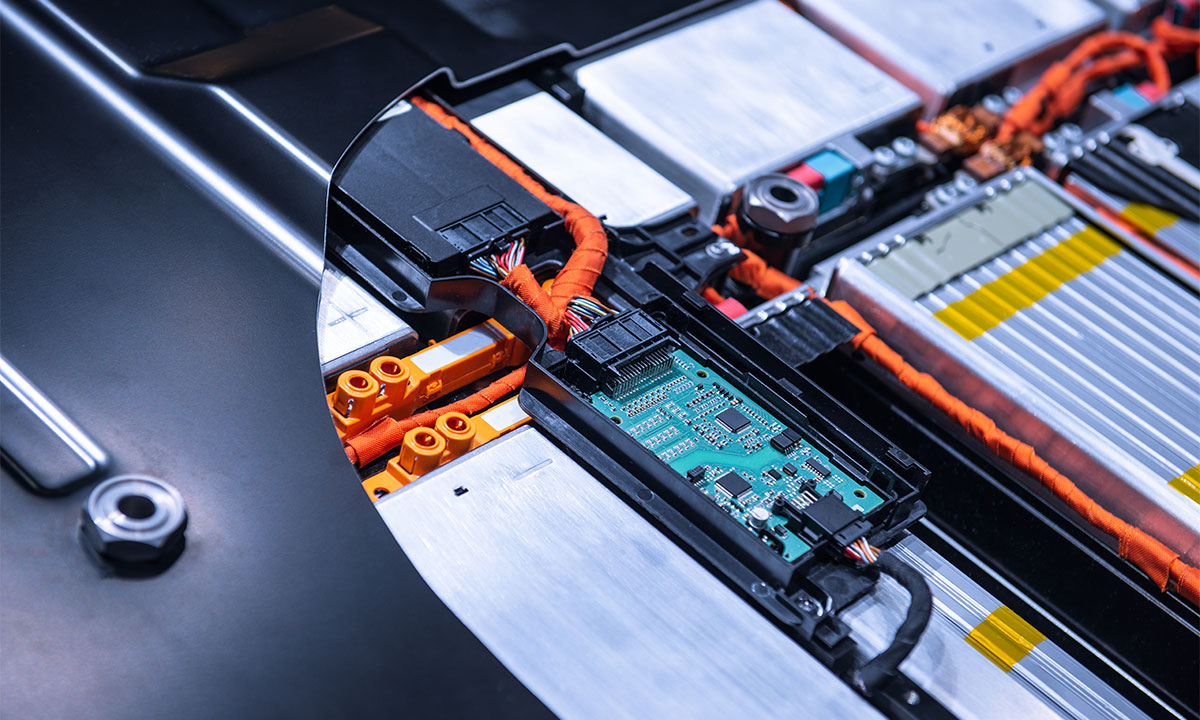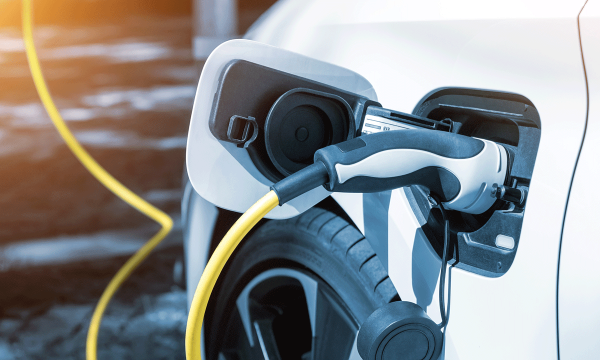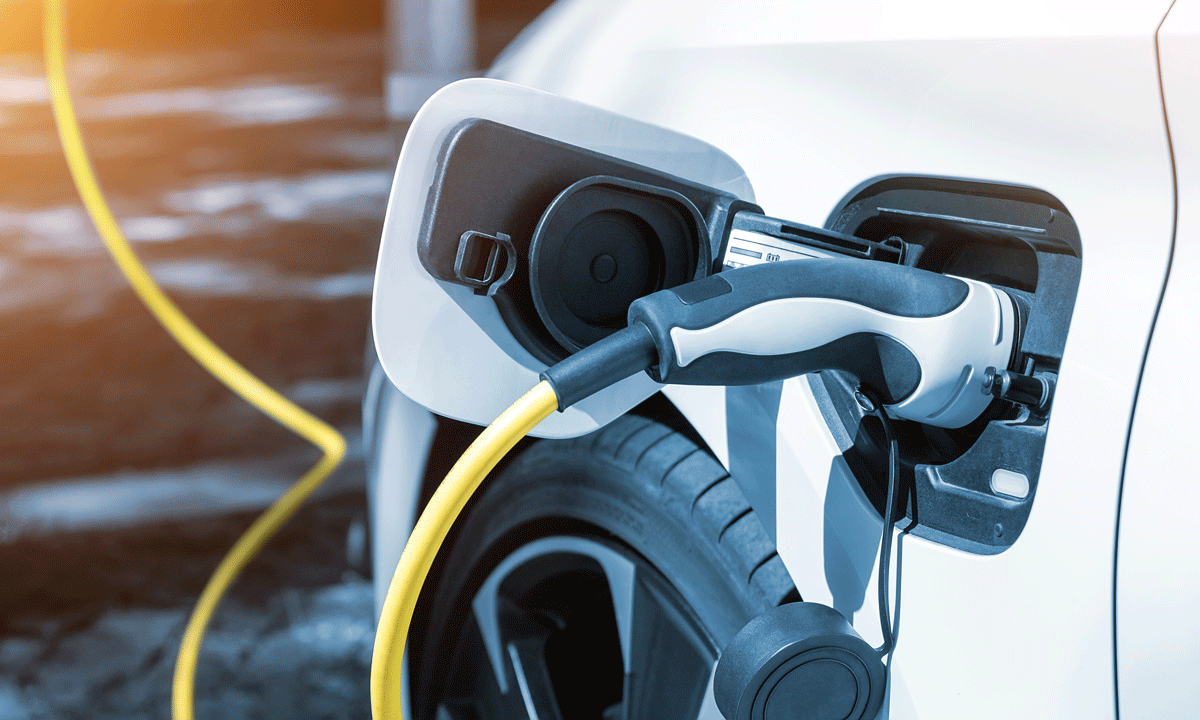In uncertain times, it’s best to “hope for the best, plan for the worst”
The last time Canada had vehicle sales results as low as they were last year was during the financial crisis in 2009. The question on everyone’s mind at this time of year is “What does this year look like for vehicle sales?”.
There are others far more versed in this space than I am. My only perspective is of one who has been around the industry for 35 years and one who has a bit of a “gut feeling” that things have substantially changed in the industry as we go through this wholesale disruption of our business.
To be sure, the outlook is murky at best.
On the one hand, owing to the supply chain challenges that have created the inventory shortages of the last couple of years, it is anticipated that there is still some level of pent-up demand from consumers that has not been met over that same time period.
When you combine that with the fact that we have only recently started going places and doing things again, it seems reasonable that many people have built up a bit of a pandemic nest egg over the course of the past couple of years that could just as easily be applied to a new car purchase as a luxury vacation.
Then there is Canada’s record level of immigration, with more than 430,000 people emigrating to Canada in 2022, up significantly from the typical volumes of roughly 300,000 per year. A large number of those people will require personal transportation.
All of these things bode well for increased vehicle sales in 2023.
However, I hope I am proven wrong, but I would suggest that the 15 per cent or more increases that some OEMs have suggested they will achieve in 2023 seem to me to be far too aggressive.
I would suggest that the overall market may grow something like five to seven per cent, for the following reasons.
Most economists are predicting a minor recession for most of the globe, the length and depth of which is indeterminate at this time, but everyone is hoping for a soft landing.
In addition, all of us have been reminded on a daily basis—when we purchase virtually anything—of how expensive everything has become due to a phalanx of issues, from 40 year high rates of inflation to climate catastrophes impacting the price of everything from orange juice to coffee. And the response of most federal banks globally? Well, their reaction has been to try and tame inflation by methodically and consistently increasing interest rates seven times over the course of the last year.
As a result, we have already witnessed a slowdown in the housing market with prices falling from their peak of a year or so ago.
If that wasn’t enough to give pause for reflection, consider that the microchip crisis is not entirely behind the industry either.
While some manufacturers will certainly be in much better shape this year than others, with respect to inventory challenges caused by chip shortages, there seems to be a general consensus that this situation will not be resolved until the end of this year.
If that’s the case, it would not be unreasonable to see manufacturers prioritizing the production of the vehicles on which they can make the most profit if the chip supply remains limited, which will consequently limit production output. This generally means pickup trucks, SUVs and higher trim levels of vehicles will be prioritized.
From the consumer’s perspective, as we’ve experienced, if inventory remains constrained most of the vehicles that will be available will be at higher price points.
In fact, new vehicle inflation is north of seven per cent on a year-over-year basis.
However, as long as there is pent-up demand and too few cars for those that would like to purchase them, we can see a continuation of the scenario in which both dealers and manufacturers do not need to discount the purchase price of the vehicle in order to sell the vehicle.
The question is, will consumers continue to pay high prices for new vehicles and then be faced with finance or lease rates for those vehicles that are significantly higher than we have experienced since 2008? Some will, undoubtedly, but how many more will say, “I can get another year or two out of Old Betsy”?
Another factor is the changing nature of work. I am not sure if people are paying as much attention to this issue as they probably should.
While it’s clear that if you work in a factory, or in a team environment where the work is dependent on a team, then WFH is not really an option for you.
However, for a large chunk of the population the pandemic revealed to all of us how much work could really be done away from a centralized office.
If work from home, or some sort of hybrid work from home, becomes the norm, will families need two or more vehicles?
There’s a steep price to pay for having a vehicle sit in the garage or the driveway for only occasional use. It would seem to be more likely that the WFH crowd may decide that Uber or Lyft is an easier and cheaper way to get around for the infrequent times that they need a vehicle—especially in tight and uncertain economic times.
And what about electric vehicles? Every day there seems to be an article in social media commenting on how the waitlist for most EVs is more than a year.
Perhaps that’s a good thing because maybe by that time inflation will have returned to the more traditional range of about 2-2.5 per cent and interest rates may have stabilized.
Otherwise, the reality is that those purchasing EVs are likely to receive no discount, will be paying $7,000- $20,000 more for an EV (depending on vehicle segment) and will have to finance this much higher capital cost at higher interest rates.
While yes, the owners will save money over the duration of owning the vehicle compared to an ICE vehicle, most folks don’t purchase vehicles based on the savings that will accrue to them over time.
Don’t get me wrong, I believe EVs are a superior technology but there is just so much work on infrastructure and general awareness that needs to be undertaken prior to most people saying, “Okay, I’m comfortable having my only vehicle be an electric vehicle.”
I don’t believe there is any reason why a household’s second vehicle couldn’t be a ZEV, but as per my comments above, will as many families have second and third vehicles?
As we head into 2023 I am reminded of the old adage “Plan for the best and prepare for the worst”.
Somehow this seems apropos given these uncertain times, regarding vehicle sales for 2023.
